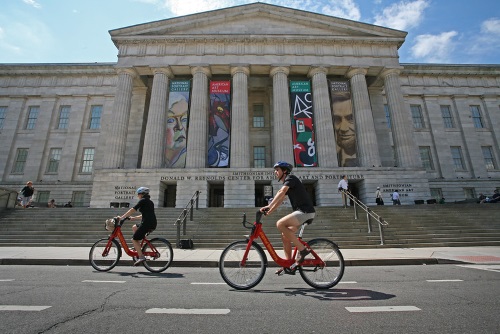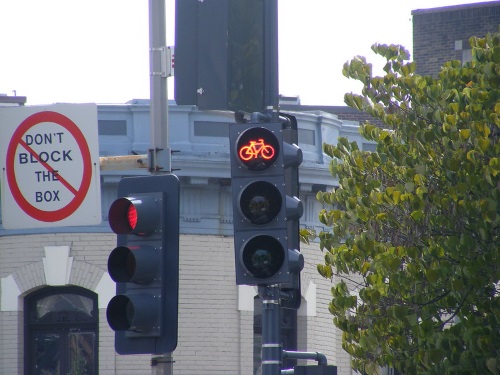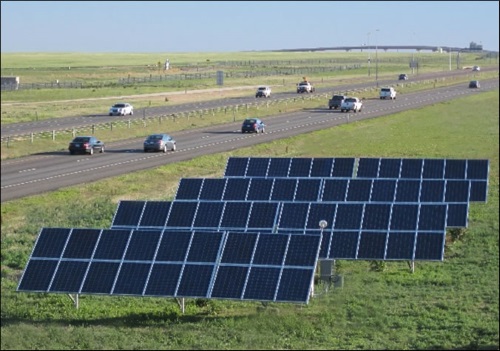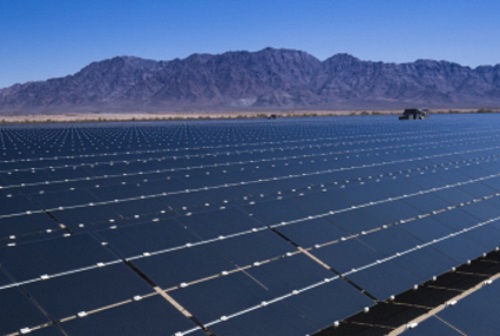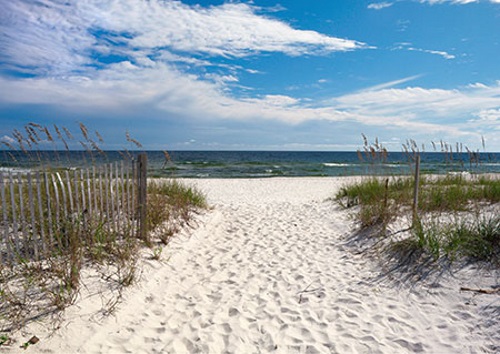A roundup of headlines curated for state transportation environmental professionals
FEDERAL ACTION
Congressional Transportation Leaders Back One-Year Extension of FAST Act – Transport Topics
Groups to Congress: extend surface transportation funding, add emergency funds for states – Transportation Today
House Republicans issue post-election infrastructure plan – American Shipper
U.S. Secretary of Transportation Elaine L. Chao Announces $1 Billion to Upgrade American Infrastructure – USDOT (Press release)
Space weather bill passed by US Congress to improve forecasting, mitigation – GPS World
Trump Administration’s New Natural Gas Transportation Rule Sparks Safety Concerns – NPR’s Morning Edition
COVID-19
Report: Full return to on-site work in DC area could be a year away – WTOP
Covid-19 could reverse much of the D.C.’s region’s progress on transportation funding, Bowser, Hogan and Northam warn – Washington Business Journal
NEPA
The New NEPA Regulations Were a “Political Act.” Is That Enough to Invalidate Them? – JD Supra (Opinion)
INFRASTRUCTURE RESILIENCE AND SUSTAINABILITY
ASCE: Civil Engineers give Wisconsin’s infrastructure a “C” – WisBusiness
Effects Of Climate Change On Transportation Are Not Always Obvious, Immediate – NPR
U.S. Department of Transportation Announces $1.3 Million for Emergency Repairs to Infrastructure Destroyed by Wildfires in Lassen National Forest – FHWA (Press release)
U.S. Department of Transportation Announces $5 Million in Emergency Relief for Roads and Bridges Damaged by Wildfires in Oregon – FHWA (Press release)
Central Florida Leaders Say Transportation Was Hard Hit By Coronavirus, But Expansion Still Possible By 2030 – WMFE
AIR QUALITY
Metrolink Tier 4 locomotive project receives environmental certification – MetroLink (Press release)
New York State Agencies and Authorities Launch “Car Free for Climate” Campaign – New York State
US reaches $1.5B settlement with Daimler AG over emissions cheating in Mercedes-Benz diesels; civil penalty of $875M – Green Car Congress
Environmental Groups Sue Los Angeles Over Rollback of Port Pollution Rules – Courthouse News Service
Clean truck partnership targets last-mile transportation – DC Velocity
ENVIRONMENTAL JUSTICE
EPA postpones environmental justice training after White House memo – The Hill
California water company withdraws desalination proposal as battle over environmental justice heats up – Los Angeles Times
N.J. Gov. Murphy signs environmental justice law designed to protect minority communities – Philadelphia Inquirer
A Just Transition: Energy Equity – Regional Plan Association (Webinar announcement)
NATURAL RESOURCES
EPA proposes 2020 Financial Capability Assessment for the Clean Water Act – WaterWorld
Can a floating island in the Charles River rescue its water quality? – WFXT-TV
The world is burning and drowning. We have to vote for the planet’s future. – The Washington Post (Editorial)
Fish Exposed to Noise Pollution Likely to Die Early: Study – Courthouse News Service
CULTURAL RESOURCES
How Cities Can Reclaim Their Streets From SUVs – CityLab
HEALTH AND HUMAN ENVIRONMENT/ACTIVE TRANSPORTATION
Maryland gears up for first-ever ‘Walktober’ – NottinghamMD.com
Why San Francisco International Airport is turning off the loudspeaker – CNN
TRB RESOURCES/ANNOUNCEMENTS
TRB Webinar: Modeling Long-Distance Intercity Travel for Sustainable Global Travel – TRB
18th Biennial National Harbor Safety Committee Conference – TRB
Attitudes and behaviors related to cycling – Mineta Transportation Institute at San Jose State University
What are the barriers to and motivators for walking? – New Zealand Transport Agency
FEDERAL REGISTER NOTICES
Oil and Natural Gas Sector: Emission Standards for New, Reconstructed, and Modified Sources Reconsideration – EPA (Final rule)
Surface Transportation Project Delivery Program; Utah Department of Transportation Audit Report – FHWA (Notice; Request for comment)
Revised Notice of Intent To Prepare an Environmental Impact Statement for the Link Union Station Project, Los Angeles, CA – FRA (Notice)
Florida’s Request To Assume Administration of a Clean Water Act Section 404 Program – EPA (Notice and request for comments)

